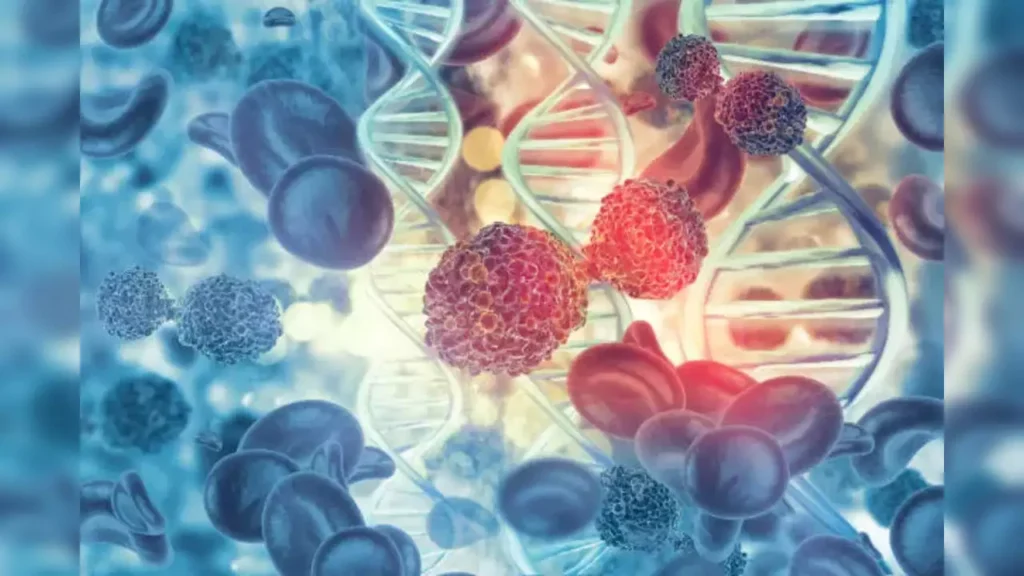EU found the cancer-causing chemical in 527 Indian items Between September 2020 and April 2024, food safety authorities in the European Union found contamination in 527 products linked to India, most of them nuts and sesame seeds (313), herbs and spices (60), dietetic foods (48) and other food products (34).

Exposure to ethylene oxide is said to cause lymphoma and leukemia among other cancers. Representative image
Ethylene oxide, a cancer-causing chemical whose traces led to a ban on Indian products in Hong Kong and Singapore, has been routinely found in Indian products by the European Food Safety Authority but no proactive steps have been taken by officials to ban the use of the chemical.
Between September 2020 and April 2024, food safety authorities in the European Union found contamination in 527 products linked to India, most of them nuts and sesame seeds (313), herbs and spices (60), dietetic foods (48) and other food product… (34). As many as 87 of the consignments were rejected at the border while many of the remaining were removed from the markets later.
Ethylene oxide, a colourless gas, is used as a pesticide and sterilising agent, though the chemical was originally intended to sterilise medical devices. Exposure to ethylene oxide is said to cause lymphoma and leukaemia among other cancers.
Data available from the Rapid Alert System for Food and Feed (RASFF), an online system that traces safety of food in the European Union member countries, shows the chemical was found in 525 food products and two feed products. While India was mentioned as the sole origin country for 332 of them, authorities tagged other countries where the chemical was found for the remaining products.
- Jubin George Joseph, Chief Operating Officer, Ramaiah Advanced Testing Labs, said besides the direct exposure to ethylene oxide, consumers are susceptible to two more chemicals produced by the presence of the chemical in a food product.
“The most dangerous of these is ethylene glycol whose presence in cough syrups led to deaths of children in Africa,” he said.
Stressing need for the government to explore safe alternatives, Joseph said ethylene oxide was meant to sterilise medical instruments. “The Food Safety and Standards Authority (FSSAI) India and the Union government must undertake studies to check if alternatives like gamma ray treatment are feasible. They should also encourage industries to explore such options,” he said.
An activist who has been a member of the district consumer forum said the presence of such chemicals in exported products was a concern. “Export products are supposed to be of top quality. If they are contaminated, what we get in local markets need a thorough safety check,” he said. DH sent a detailed question to FSSAI. A response from the authority was not available at the time of going to print.
To a question, Jospeh said it is likely that ethylene oxide is widely used to sterilise products against salmonella and ecoli. “Chemical treatment is the cheapest method available to keep the product longer on the shelf. most of the countries do not test for the chemical, which will help us get a better picture,” he added.
The EU set 0.1 mg/kg limit following concerns over the chemical and its highly toxic breakdown products: 2-chloroethanol and ethylene glycol. In September 2021, the Spices Board had advised exporters to test for the same. However, considering that that 121 contaminated products were detected in 2022 and 2023, Indian products had not yet met the quality mark.
#cancer #Packed spices

